The new TVR sports car will be offered with the innovative carbonfibre manufacturing process developed by car designer Gordon Murray, it has been revealed.
TVR Griffith revealed - click here for the full story
Murrary's iStream Carbon system was revealed in October last year and was first shown on the Yamaha Sports Ride Concept sports car at the Tokyo motor show. The system, which is an evolution of Murray's earlier iStream process, features carbonfibre panels bonded to a tubular steel frame. The system is understood to bring significant weight savings, or can add strength to a car's structure.
While Murray's iStream chassis is already very strong, TVR is understood to be leaning towards the extra strength advantage rather than weight savings - something which could be neccessary if the sports car is to acheive its target of around 400bhp/tonne. Development mules for the new car will enter testing in the next few months, ahead of the car's launch in 2017.
Read about TVR's new Circuit of Wales-based plant here
TVR has also confirmed that it will offer a special 'launch edition' of its upcoming sports car, which will feature the iStream Carbon technology as standard. After that, owners will be able to specify the technology as a cost option. The standard car will still be constructed using the iStream process, but will feature glass-reinforced plastic panels.
More than 300 people are known to have placed deposits for the new TVR. Company chairman Les Edgar said: "The response has been fantastic. With deposits continuing to flow in, we will be looking to close the order book for the Launch Edition car shortly. Our intent is to unveil the styling of the new car in the coming months at a public event, although we will be conducting car clinics before then. There will be an opportunity for deposit holders to register interest if they would like to participate."
TVR sent out a teaser image of its new sports car over Christmas, and later admitted that the drawing was in fact a modified version of Autocar's own rendering. The image was intended to give deposit holders a taste of what the car will look like rather than reveal any of its production details.
Last year, TVR officials admitted the firm has already sold out its allocation of production cars for 2017. In October of last year, the company fired up its new Cosworth V8 engine for the first time. The engine will produce between 450 and 500bhp.
TVR announced it was going back into production in June 2015, with Gordon Murray Design and Cosworth Engineering signed up as key partners. The new company started taking deposits for the planned new sports car four weeks later, having enjoyed a high level of demand from the public.
John Chasey, TVR’s operations director, has said that any orders now placed will not be delivered until 2018.
Edgar said: “This a heart-warming situation we find ourselves in. We are mindful that we have taken deposits from customers who have not yet seen official pictures of the car. We look forward to revealing more details soon, and to all our customers who have shown their faith I can promise that the new car will exceed expectations in every way.” Interested owners were able to place a £5000 deposit for the new model.
Volumes in year one are said to be limited as the company ramps up production, so the intention will be to take more than the 250 orders for 2018.
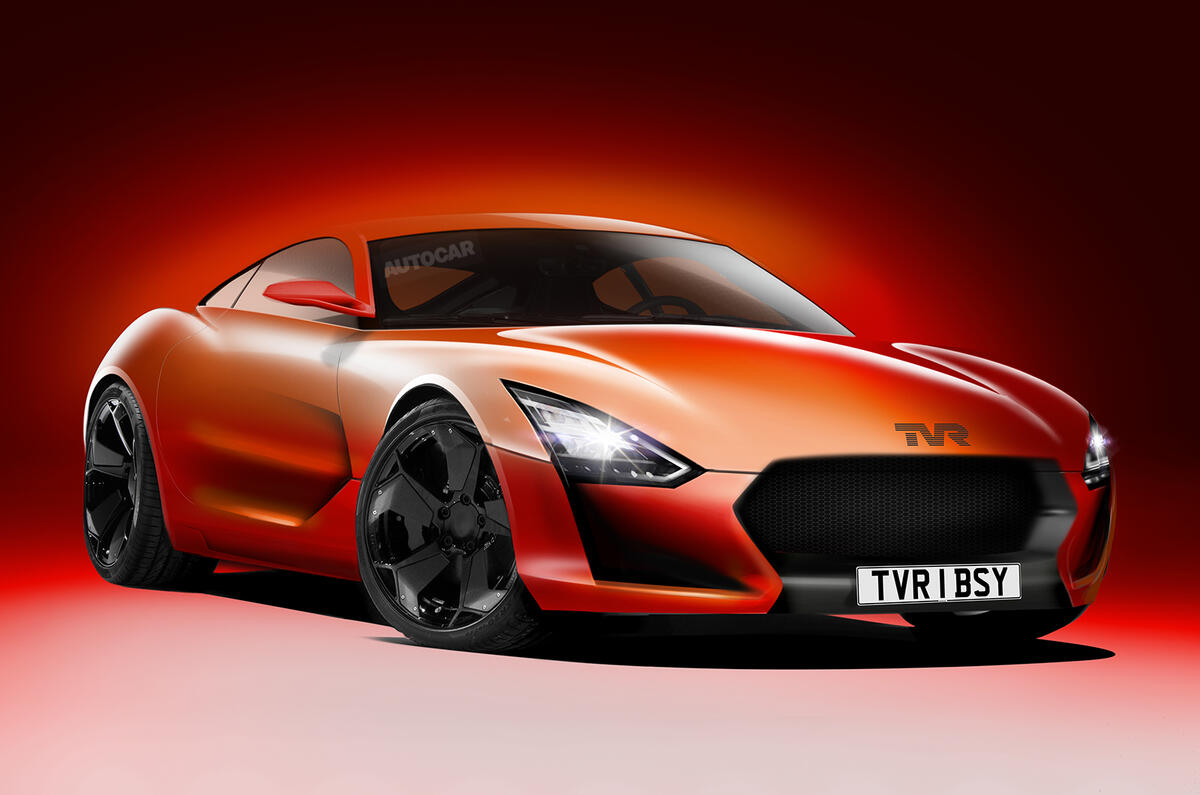
The return of TVR
Returning after an absence of nearly 10 years, the new TVR has been designed by engineering guru Gordon Murray and will be powered by a unique, hugely powerful Cosworth V8 engine and backed by an ambitious and well-funded ownership team.
The iconic sports car marque’s backers have already spelled out the first details of a 10-year plan that will put at least four new TVRs on the road from 2017.
The intention is to re-establish the marque in the same performance-minded, driver-centric territory from which it departed nine years ago, when production ceased at its former factory in Blackpool.
Although radical in design and new in every detail, the reborn TVR car range is aimed both at the powerful and demanding band of existing TVR aficionados that has never gone away - not least because most members of the company’s backing consortium are members themselves - and a new generation seeking an affordable supercar that can be driven every day.
Volume targets are also still being decided, but since the company plans to be guided by TVR’s numbers in its healthy years, an output of 1000 to 1500 units a year looks likely. The company has said that production in 2017 will be "in the low hundreds."
“This is a unique opportunity to be part of the revival of a great British marque,” said Chasey. “We are a well-funded, well-supported organisation that boasts a vastly experienced management team and a clear 10-year master plan for both product and business development.”
Edgar, Chasey and Murray all have extensive connections with sports car racing, especially at Le Mans, and even at this early stage the car is being configured with a racing life in view. Customers, the partners believe, will be as keen on competition as they are.
Edgar said his partners are resolved to make TVRs in the UK but the factory location won’t be decided until they have assessed the logistics of their manufacturing process, plus regional development schemes and skill and supplier bases. TVR is known to have two locations in mind, and is said to be close to making a decision.
The investor group, which consists of about a dozen well-heeled individuals, was formed in 2013 to buy TVR from Russian oligarch Nikolai Smolenski, who nearly drove it to ruin.
The group is proud of its recent success at keeping a low profile while laying plans to produce cars whose profile and pricing “will be consistent with TVR’s past market positioning and highly competitive within its field”.
Two distinct models have been designed and are closely related under the skin. Each will be available in coupé and convertible variants. Both cars’ styling is the work of a British design consultancy whose identity TVR bosses decline to reveal for now. Key to the car's styling will be a 'family look', which will be carried over to the rest of TVR's planned models.
The new TVRs will be similar in their major dimensions to outgoing models of the mid-2000s such as the Tuscan and Sagaris, with the same built-in two-seater simplicity and lightness, although there will be no common components with the old models. The new cars’ construction elements and techniques will be completely different.
The mechanical design of the cars, which has taken place at the premises of Gordon Murray Design (GMD) in Shalford, Surrey, is nearly complete. The new TVRs, all V8s, will have a front mid-engined layout and feature six-speed manual gearboxes, rear-wheel drive, all-independent suspension and driver-focused interiors.
The basis of the chassis is formed by a structure of fairly big-diameter steel tubes, with ultra-light composite panels bonded in to boost rigidity. The construction method was pioneered on Murray’s Murray T25 and Murray T27 city cars, which demonstrated remarkable rigidity in crash tests.
“We’re very pleased with the way iStream, which was designed for volume projects, can be adapted to applications like this one,” said Murray. “It still delivers all the efficiency advantages it was designed to do.”
The new TVR engines will be based on a proprietary V8 block that has been developed into a unique unit at specialist manufacturer Cosworth’s Northampton factory, where the firm’s Formula 1 engines were built. Comprehensive modifications have been developed for the base units, whose exhausts exit as side pipes just behind the front wheels.
The partners are reluctant to reveal more at this stage except to confirm that the engine management system, and therefore the engine’s essential character, will be unique to TVR.
Edgar and his partners are well aware of the manufacturing quality concerns that dogged TVR in the old days but believe the combination of modern design, a far more streamlined manufacturing process, modern materials and Murray’s attention to detail will help the company avoid past mistakes.

New TVR - what to expect
With a year to go until the launch, a factory location still to be decided and a management still facing big decisions, the new TVR’s final mechanical layout is not set in stone. However, if you read the signs, it’s possible to take a stab at what the car could be like beneath its inspirational surfaces.
Styling
Modern designs, consistent in dimensions and major features to the admired shapes produced under TVR’s proprietor before last, Peter Wheeler. No attempt to replicate the old shapes, but the DNA will be obvious.
Model names
No decision yet. TVR bosses have some iconic names at their disposal (Griffith, Tuscan, Grantura among others) but are deciding if numbers and letters (T350) would build a more logical lineage. Our bet: Griffith.
Chassis
Tubular steel frame requiring very few stamped panels, built by Gordon Murray’s iStream principle, with composite panels strategically bonded in to provide extreme rigidity. Murray-designed all-independent suspension (possibly double wishbones) with power steering and race-derived disc brakes.
Body
Major panels formed mostly in a variety of composite materials, but with some aluminium components, which in some cases can be lighter than composite. All-up weight planned at about 1100kg, depending on variant, which with chassis rigidity should be a big asset in race applications.
Aerodynamics
Flat-bottomed chassis (allowed by front side exhausts) with splitter and rear diffuser will deliver true on-road downforce, which can be enhanced in racing versions. Initial design has been tested by computational fluid dynamics (CFD) and via a scale model in a moving-floor wind tunnel.
Powertrain
Cosworth-developed V8 of unspecified origin, producing between 450-500bhp.
Performance
With 450bhp-plus in a 1100kg structure, the TVR should be extremely fast. Look for 0-60mph in under four seconds and a top speed of more than 185mph. That’s before the likely extra-power (and possibly extra-light) versions arrive. TVR is renowned for performance, and the new backers are determined not to disappoint.
Dynamics
Dry-sumped engine, mounted low and well back in the chassis, should allow the ultra-low centre of gravity and rearward weight bias (say 47% front, 53% rear) deemed ideal for a car of this layout. TVR is still deciding what electronic aids the car needs, but ESP and ABS are certainties because of legislation. Whether the ESP is configurable, as in latest Ferrari, Lotus and Porsche models, is an open question.
Sales volume
In its very best years, TVR claimed to make 2000 cars a year, but 1000 a year was much more typical. We’d expect the new company, helped by the efficiency of the iStream manufacturing process, to ramp up to 1000 units and eventually to push beyond it. But the consortium well understands that the European market for such cars is small (50,000-80,000 units per year) and is deliberately targeting a small percentage.
Pricing
When TVRs disappeared from sale, mainstream models were in the £40,000s, with the most expensive model touching £57,000. A Porsche Boxster cost £40k (now more like £50k). Given that the new company wants new-wave TVRs to be as accessible, broadly speaking, as the old ones, a starting price of about £60,000 seems likely, with performance extras boosting prices towards £80,000.
Read more:
Blog - can TVR's new plan really work?
Blog - At last, Gordon Murray's big idea is coming on stream
Video: first look at all-new TVR sports car
TVR's official video of new sports car
TVR fires up V8, confirms Le Mans 2017 plans
TVR cars to be built at Circuit of Wales
Used TVRs from £5 to £50,000 in our latest used car buying guide

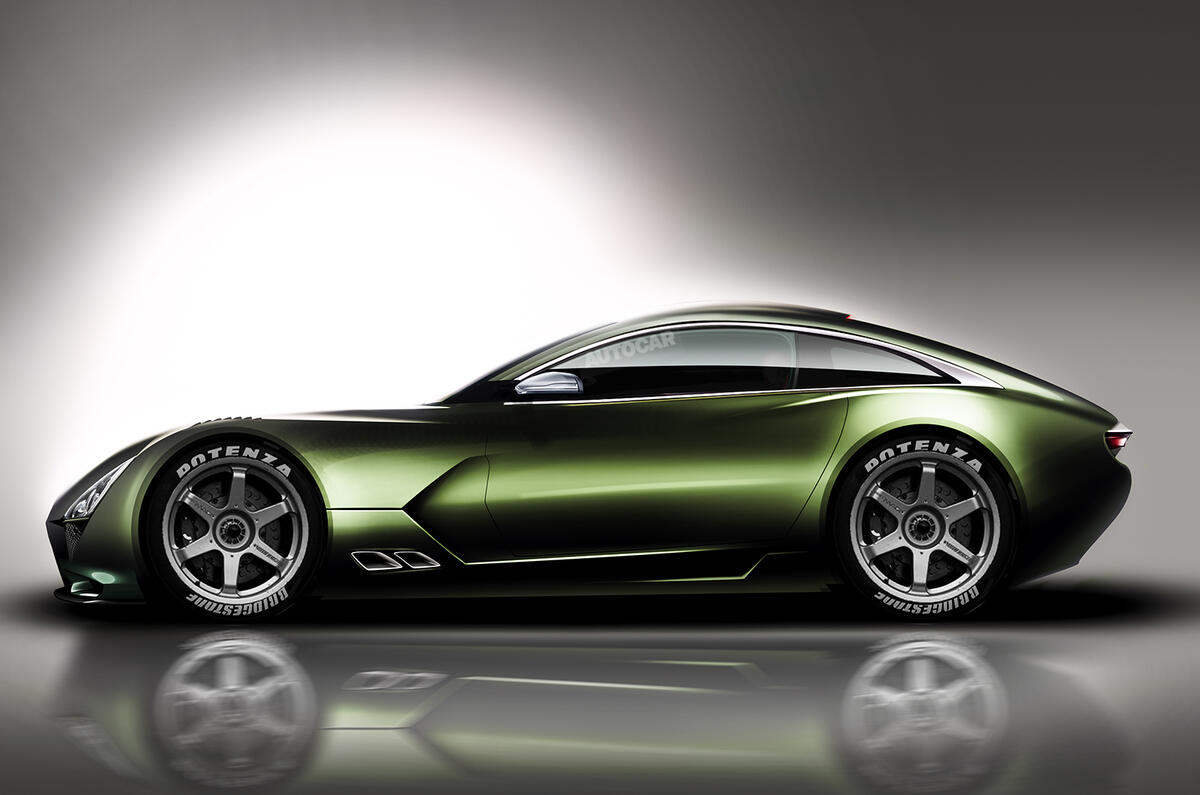
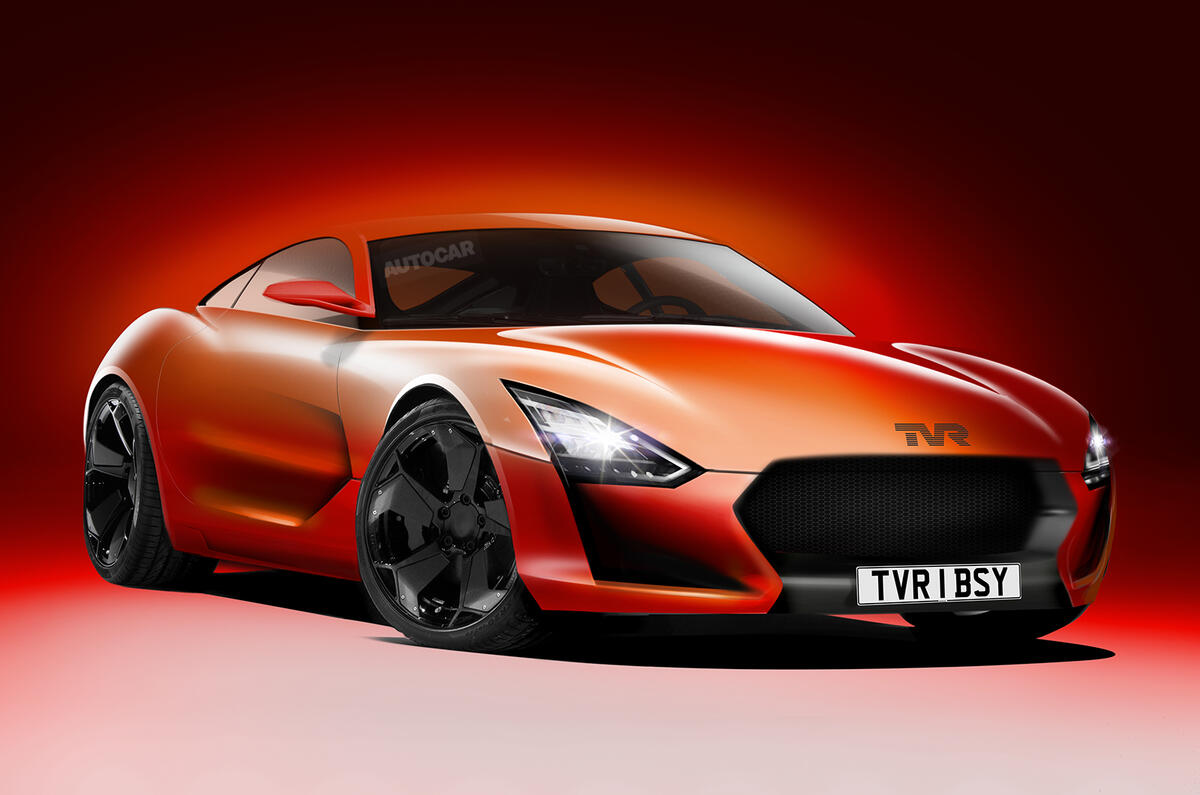
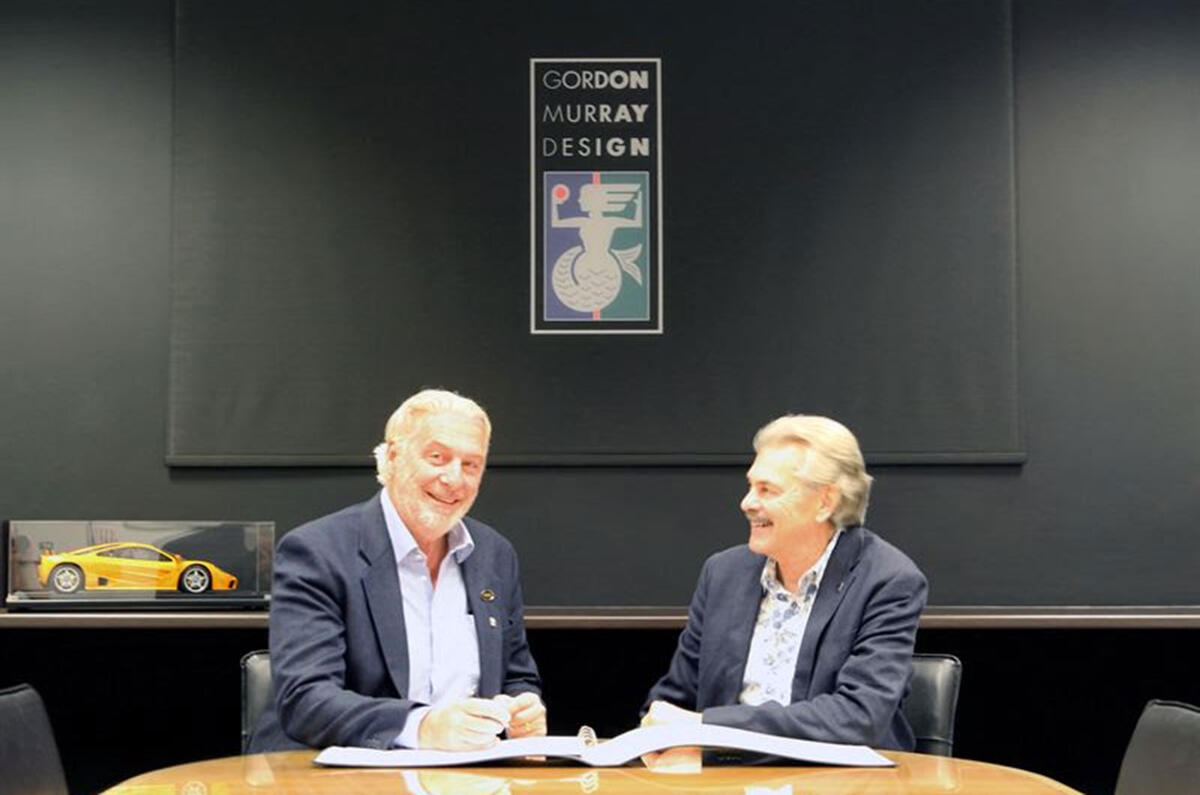
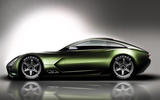








Join the debate
Add your comment
Please, not another Audi
Overhang
Coefficient of Linear Expansion ?
That's the least of TVR's problems
they think of everything
Ah yes, the heating and cooling cycle. Occurs when the car starts, runs for a bit and then is switched off and cools. This isn't something the average TVR owner has to worry about. And while it can get a bit nippy on the hard shoulder, Gordon Murray has designed a super-lightweight blanket for those long hours waiting for the recovery truck.